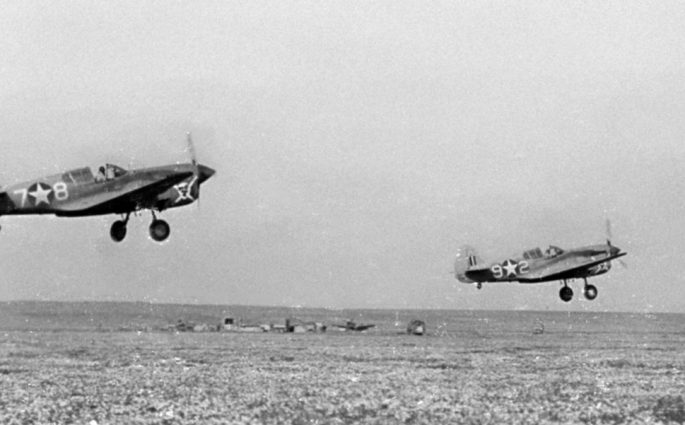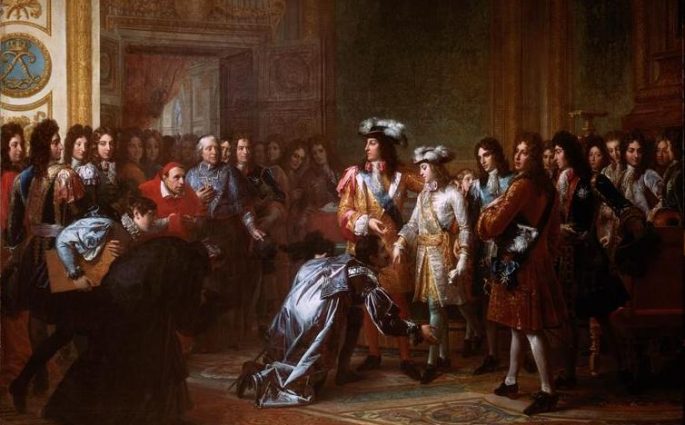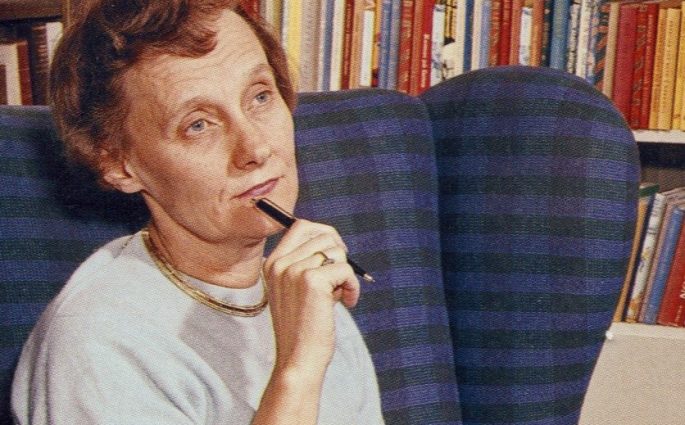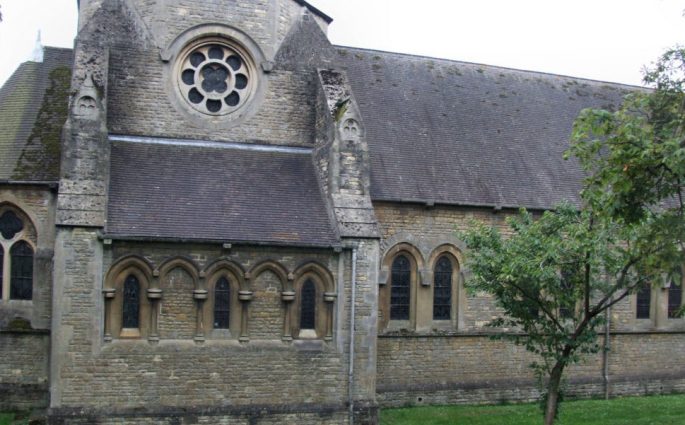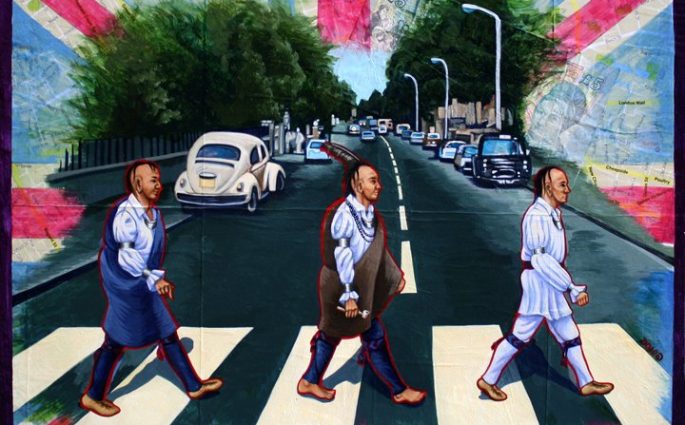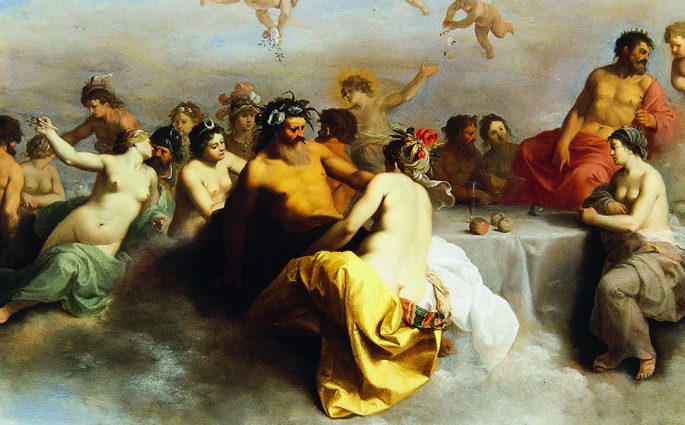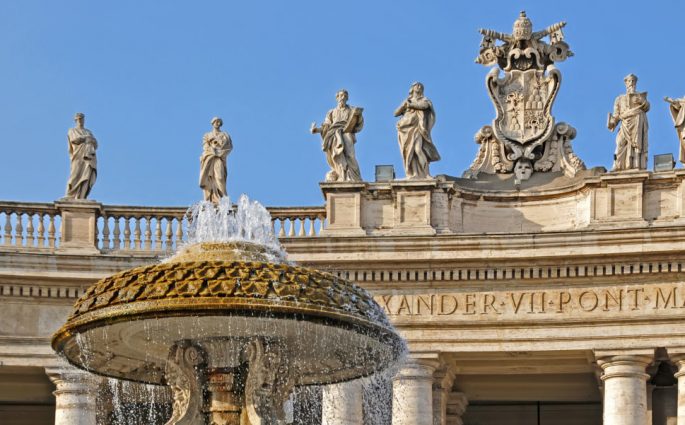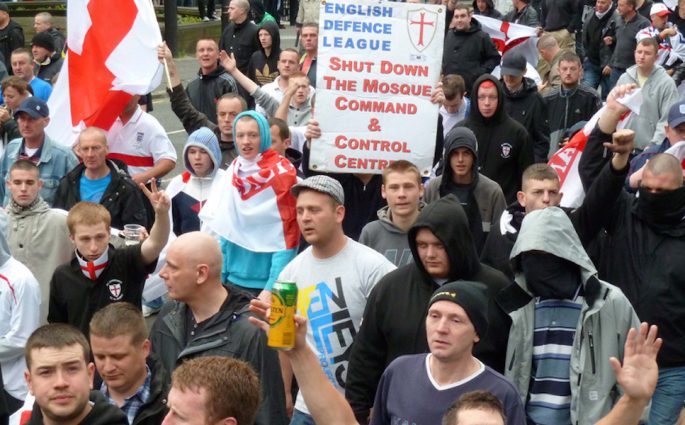Allies in Africa: Strategy and Victory in World War II
Andrew Stewart— When the first shots were fired in the summer of 1940 along Sudanese and Kenyan borders, there was a great deal of interest across the British Empire in the war’s expansion into a hitherto largely ignored region. With France close to collapse, the “Italian Jackal” Benito Mussolini had

